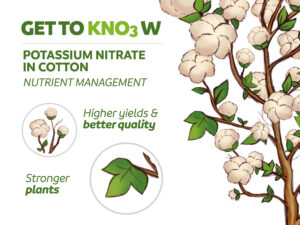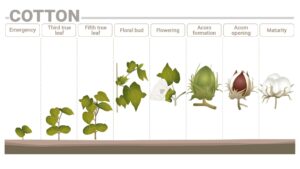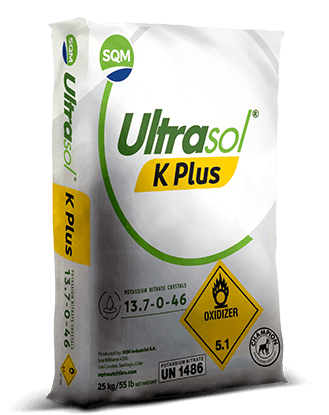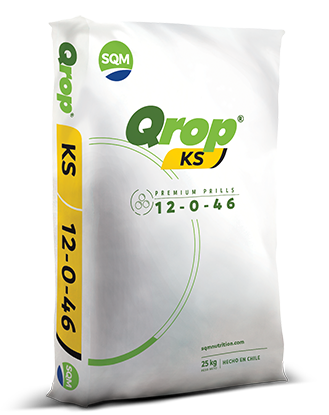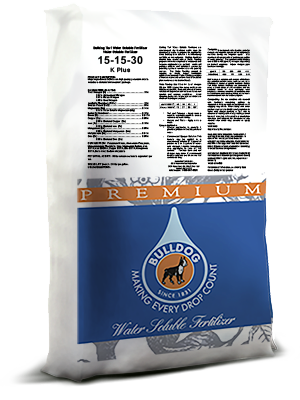The study was initiated to evaluate cotton (Gossypium hirsutum L.) responses to soil- and foliar-applied K for conventional-tillage (CT) and no tillage (NT) production systems in Tennessee, USA. The soil was described as a Memphis silt loam soil, low in Mehlich I extractable K. Potassium rates of 0, 34, 67 and 134 kg K2O/ha were soil applied to the plots each year. Foliar treatments included: no-foliar K, KNO3, and Ca(NO3)2. Potassium nitrate was applied at 4,9 kg K2O/ha/application and Ca(NO3)2 was applied at 1,6 kg N/ha per application, equivalent to N from KNO3. Foliar treatments were applied at bloom or 2 weeks after bloom and on either a 9 or 14 days interval for a total of four applications. All foliar treatments were applied in 93,5 L water/ha. A split plot arrangement of treatments in a randomized complete block design was used with five replications per treatment.
Regression equations expressing yield as a function of K2O rate were developed for KNO3 and no-foliar K treatments each year for both tillage systems. Yields in both tillage systems were increased by soil and foliar applied K. In 1991 and 1992, the foliar KNO3 treatment increased yields at all soil K2O rates. In 1993, foliar KNO3 increased yields at soil K2O rates up to 105 kg K2O/ha in CT and up to 115 kg K2O/ha in NT. In addition, foliar KNO3 increased yields at soil K2O rates up to 121 kg K2O/ha for the 1994 NT cotton. Based on the results foliar K may be expected to increase yields on medium and low testing soils, even if fertilized with 134 kg K2O/ha.


